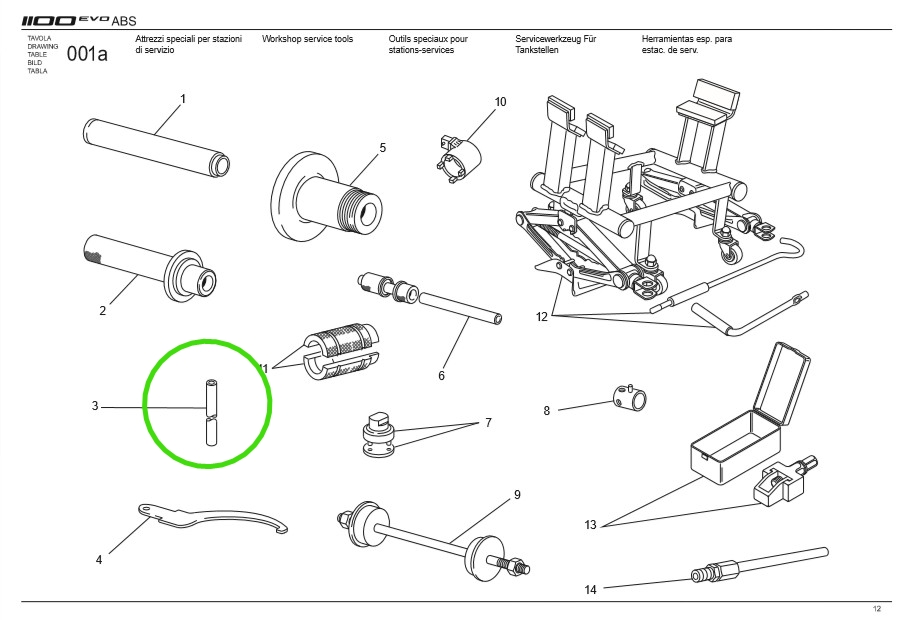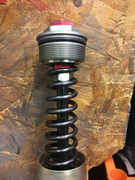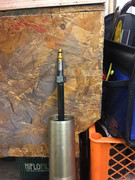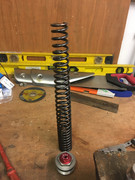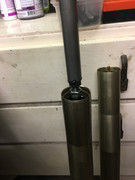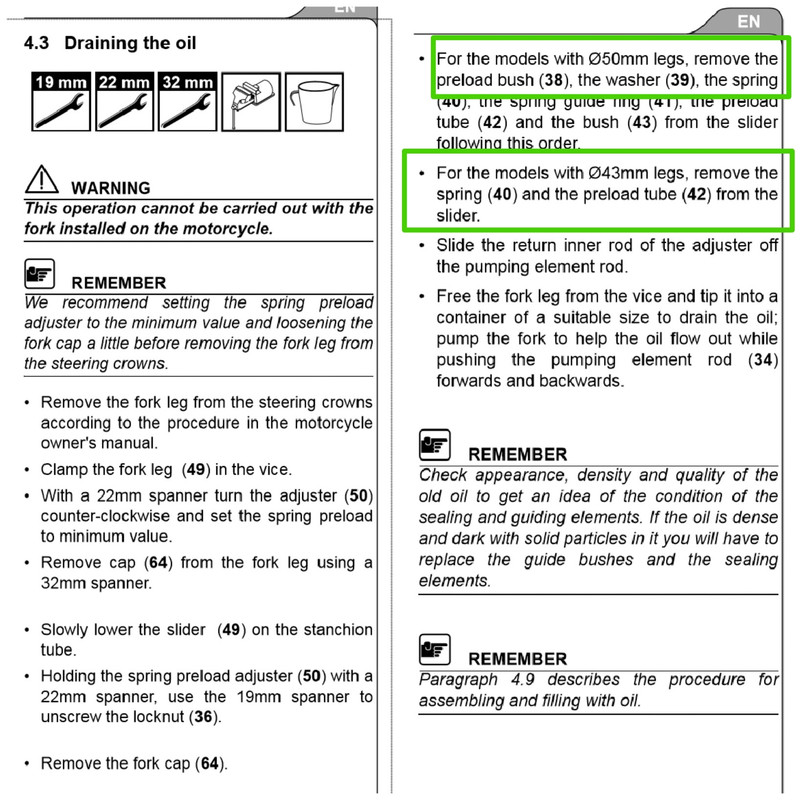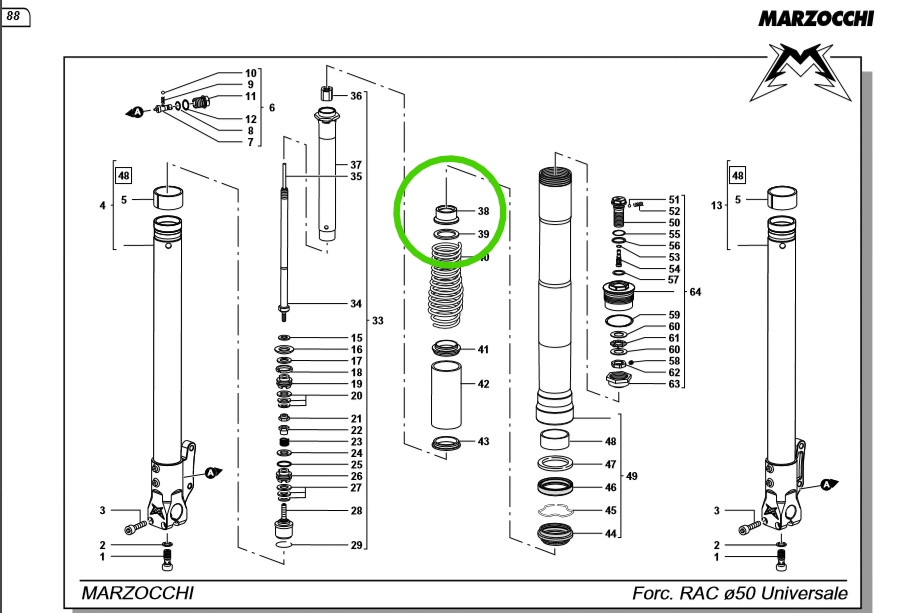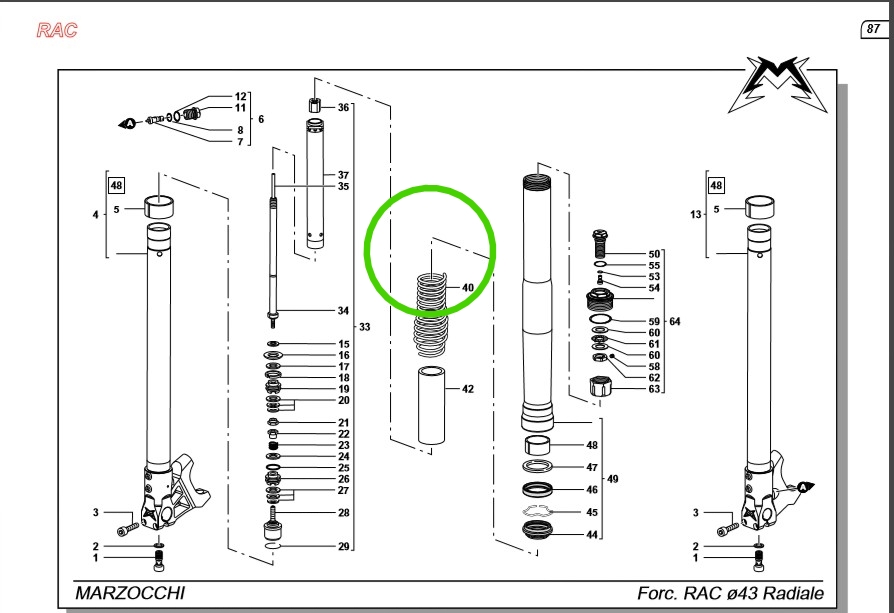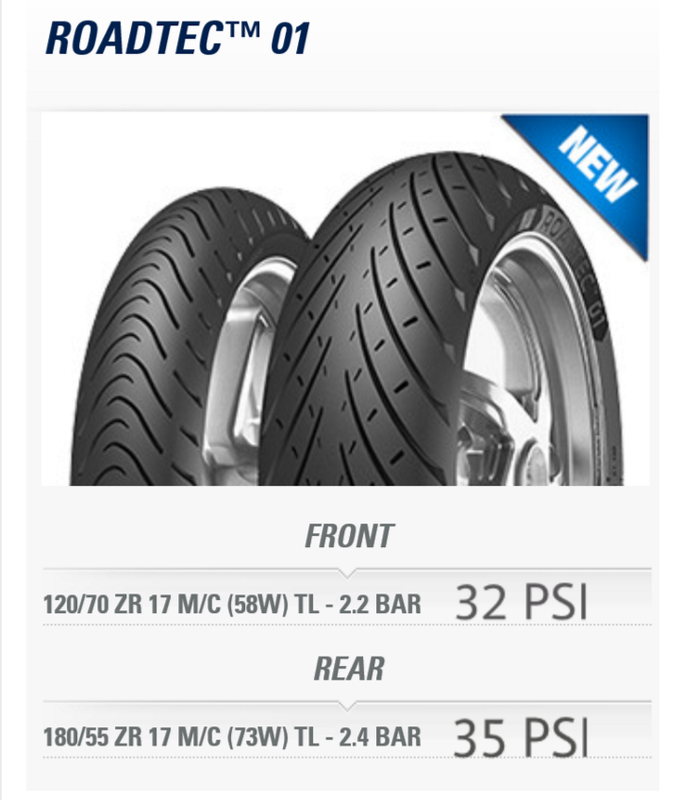Vince do the roadtec 01's give any feeling as to what the front is doing?
I had the exact same problem with the Pirellis as you, Ryan. I didn't get much feedback from the front. I'm sure the grip was there but it was sometimes a bit of a leap of faith tipping it into a corner, especially if conditions were less than ideal. I ran the Pirellis at 33 and 36 rather than the 36/42 in the handbook. That improved matters a little but they were still far from perfect. That's why I decided to try something different and, with universally good reviews, I went for the Metzelers.
I fitted them last year and straight away they inspired more confidence than the Pirellis. I think the Metzelers have a less stiff construction than the Pirellis and I'm sure the ride is also slightly smoother as a result (I'm running these at 32/35).
I actually ventured out today for the first time since late October. It was less than 10° today and tarmac temperature probably half that and this was the first time I'd ridden on the Metzelers in cold conditions. Despite not having ridden the Monster for four months, the front end felt perfect - really planted and neutral tipping in to corners.
In similar cool conditions, I never really trusted the front Pirelli, which never seemed to warm up fully and always felt somewhat 'wooden'.
So, I'm really happy with the Metzelers and would certainly fit them again. I think they're going to last longer than the Pirellis too, so I shouldn't actually have to worry about that for some time!
Try your dad's Speed Triple and see how they feel to you. (By the way, what tyres were on your dad's bike before the Metzelers?)


